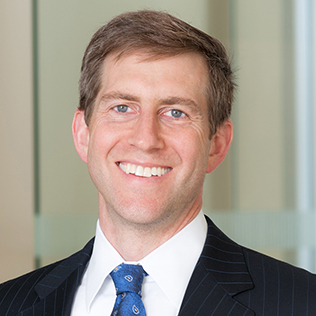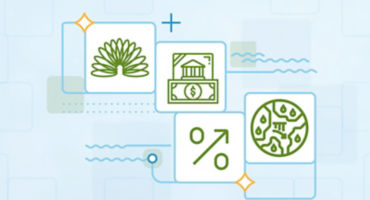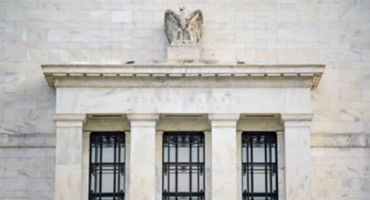Financial markets have been volatile since the start of 2022. After two years of strong returns and muted volatility, market participants are now trying to navigate an environment where central banks are shifting away from their post-COVID easing policies amid growing stagflationary and geopolitical risk. While news headlines paint a bleak outlook, we have a more sanguine view of where European growth and inflation may be heading over the balance of 2022. Against this more uncertain backdrop, we expect greater volatility, both in spreads and interest rates, but we do not see a default cycle on the horizon. On the upside, European high yield offers substantial income and a relative lack of interest-rate sensitivity. Recent spread widening has created a potentially attractive entry point into the European high-yield market for investors looking to capture income and total return.
An evolving European landscape
Since the global financial crisis, the European Central Bank (ECB) has supported the financial system with quantitative easing, acting as both a liquidity provider and suppressor of volatility. However, more recently, the ECB has had to reassess its accommodative policy stance due to rising inflationary pressures in the wake of the COVID-19 crisis. This trend has been exacerbated by Russia’s invasion of Ukraine, which triggered a sharp spike in European commodity prices as the region tries to reduce its reliance on Russian oil and gas.
While rising inflation is likely to weigh on Europe’s economic outlook, we still anticipate growth to be positive for the region in 2022. Even after adjusting our estimates to account for the dual shock of the Russia/Ukraine war and a slowdown in China, we project growth of 2% – 3% for the eurozone in 2022. Further, while currently at elevated levels, we expect inflation to trend downwards over the remainder of 2022, to around 2.5%.
Significantly, our proprietary country vulnerability framework, which assesses creditworthiness based on six key macroeconomic factors, currently ranks Europe favourably, as highlighted in Figure 1, which shows the strength of Europe’s overall fundamental score relative to its history. Based on this analysis, European corporate fundamentals remain intact and, as such, we view any further credit spread widening as advantageous for European high yield.




















